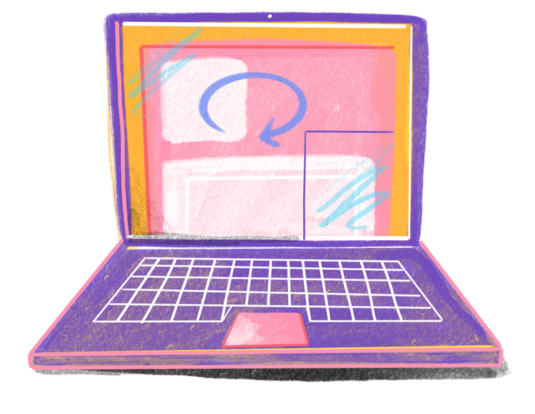Millions of patients are accessing their medical records online via secure electronic patient portals. They are also increasingly uploading data directly into their records, and many clinicians now offer patients ready and ongoing access to the notes that document encounters. In response, patients report improved understanding of their care, better recall, enhanced adherence to care plans, and an increased sense of control over their health.
Health Policy
Family Caregivers and Consumer Health Information Technology
Health information technology has been embraced as a strategy to facilitate patients’ access to their health information and engagement in care. However, not all patients are able to access, or are capable of using, a computer or mobile device. Although family caregivers assist individuals with some of the most challenging and costly health needs, their role in health information technology is largely undefined and poorly understood. This perspective discusses challenges and opportunities of engaging family caregivers through the use of consumer-oriented health information technology. We compile existing evidence to make the case that involving family caregivers in health information technology as desired by patients is technically feasible and consistent with the principles of patient-centered and family-centered care. We discuss how more explicit and purposeful engagement of family caregivers in health information technology could advance clinical quality and patient safety by increasing the transparency, accuracy, and comprehensiveness of patient health information across settings of care. Finally, we describe how clarifying and executing patients’ desires to involve family members or friends through health information technology would provide family caregivers greater legitimacy, convenience, and timeliness in health system interactions, and facilitate stronger partnerships between patients, family caregivers, and health care professionals.
Consumers Gaining Ground in Health Care
At long last public and private initiatives are on the verge of giving consumers more information and more fair opportunities when it comes to obtaining health insurance and health care, reducing the uneven care and dysfunctional financing that have long plagued the health care system in the United States.
The Affordable Care Act (ACA) is recasting the marketplace for health insurance, allowing consumers who shop on their own to make more informed choices among a better selection of health plans. Health insurers must now play by a different set of rules. Consumers with preexisting conditions are no longer denied insurance. The products for sale are more standardized, and important loopholes such as misleading out-of-pocket maximums have been closed. Private plans can be compared on an apples-to-apples basis using a new Summary of Benefits and Coverage form that standardizes the way coverage is described no matter which company or organization is offering it.
Interval Examination: Moving Toward Open Notes
Despite periodic efforts over almost 5 decades, the idea of having patients review and contribute to their medical records has failed to take hold, even though such practice might engage patients more actively in maintaining their health and managing their care and might also improve quality of care and patient safety. Contemporary trends toward increased transparency, accompanied by evolving health information technologies, provided an opportunity for us to conduct a study examining the effects on both patients and primary care physicians (PCPs) of inviting patients to read their doctors’ visit notes. Bolstered by encouraging findings from this study, and with the goal of informing those who might join in further inquiry, we outline in this “interval examination” challenges we are encountering and strategies we are employing as we explore wider implementation of this practice.



